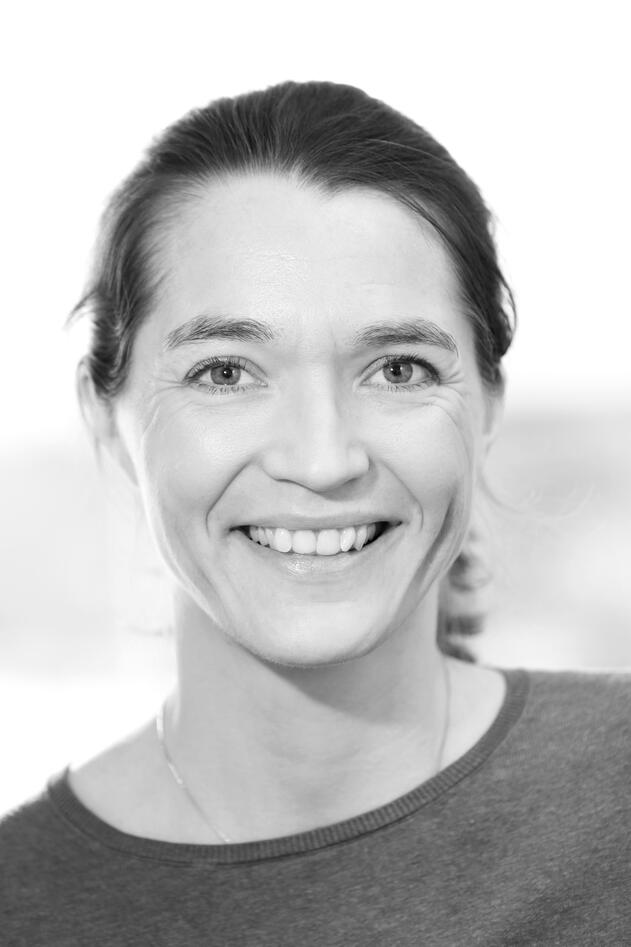Kaisa Haglund, Oslo University Hospital, Norway
Project Leader Kaisa Haglund at the Department of Molecular Cell Biology, Oslo University Hospital, will present her talk, "Molecular mechanisms of cytokinetic abscission in vivo."

Main content
Cytokinesis is the final step of cell division that leads to the physical separation of the two daughter cells. Cytokinesis proceeds through spatiotemporally tightly controlled events orchestrated by cellular machineries regulating microtubule and actin dynamics, membrane trafficking and fusion, ultimately leading to cleavage furrow ingression, intercellular bridge formation and physical separation of the two daughter cells by abscission. Molecular mechanisms controlling cytokinetic abscission are emerging, but its spatiotemporal and molecular control still remains incompletely understood, especially in vivo.The overall aim of our research is to elucidate the spatiotemporal and molecular control of cytokinetic abscission in a multicellular context. To do this we use Drosophila melanogaster as a model organism. In parallel, we study cytokinesis in human cultured cells to identify evolutionarily conserved mechanisms.In the seminar, I will present our previous and ongoing work on understanding cytokinetic abscission in different cell types in vivo. The endosomal sorting complex required for transport (ESCRT)-III is an evolutionarily conserved complex, which forms spiral-like filaments that mediate membrane scission in cellular processes, including endosome maturation, virus budding and cytokinetic abscission. We have uncovered that the scaffold protein ALIX interacts with the ESCRT-III subunit Shrub to promote cytokinetic abscission in Drosophila female germline stem cells (Eikenes et al., PLoS Genetics, 2015), showing a role for the ALIX/ESCRT-III pathway in cytokinetic abscission in a multicellular context. We have further elucidated that the centralspindlin subunit Pavarotti directly interacts with Drosophila ALIX to recruit it to the midbody via a mechanism similar to virus budding (Lie-Jensen et al., Current Biology, 2019), highlighting an evolutionarily conserved role for the centralspindlin complex in recruiting abscission factors to the midbody. We currently apply a combination of imaging, genetic, cell biological, proteomic and biochemical approaches to address further the spatiotemporal dynamics and molecular mechanisms of cytokinesis and abscission in vivo as well as in human cultured cells.
This seminar will be in-person only.
